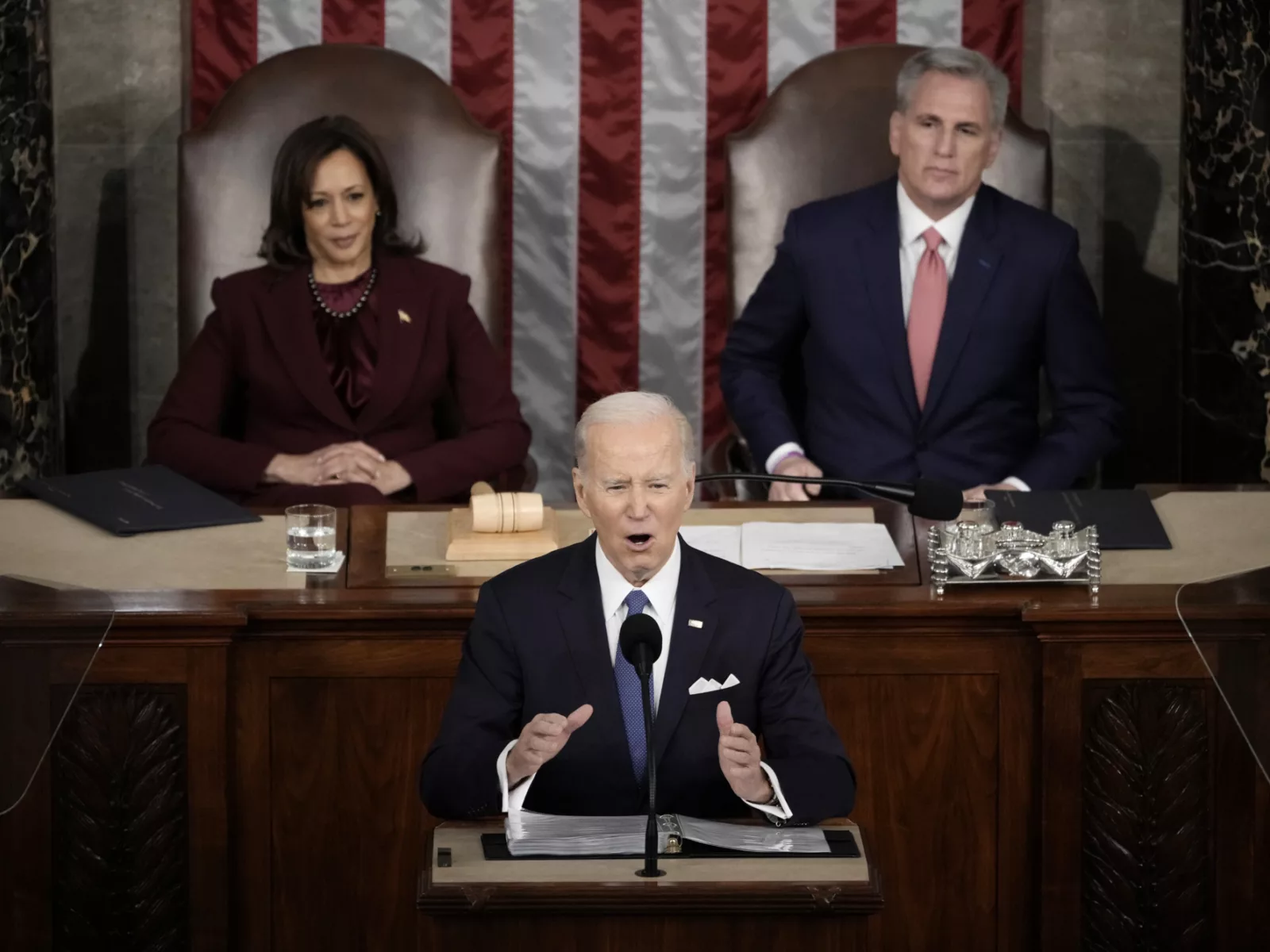Kathy Sego — the mother of an insulin-dependent young man
— was shocked to learn that a vial of insulin in Hungary costs only $10, compared to the nearly $500 price tag in the U.S. Her story, which she shared with the Senate Finance Committee earlier this year, is all too familiar.
American taxpayers pay three times as much for prescription drugs as citizens in other wealthy nations, many of which use external reference pricing, a mechanism that benchmarks drug prices to those paid in other countries. The U.S. has yet to embrace this practice to keep prices affordable for consumers — perhaps because we are often the first adopter of drugs.
A new study published in the May edition of Health Affairs explores how external reference pricing works and how it could impact drug prices in Medicare Part D. In a recent interview, the paper’s senior author, Dr. Gerard Anderson, professor in the John Hopkins Bloomberg School’s Department of Health Policy and Management, explained his work.
Questions and answers have been edited for length and clarity.
In a new study you authored alongside fellow Johns Hopkins Bloomberg School of Public Health researchers, you suggest benchmarking drug prices to those paid in other countries in Medicare Part D to help lower U.S. prescription drug prices. What did you uncover in your research?

Dr. Gerard Anderson
Our research identified the prices of 79 brand name drugs in Ontario, Canada, Japan and the United Kingdom. We then compared these prices with the prices we pay in the U.S. for the same drugs. We found that for some drugs, the U.S. pays 30 percent more, but for other drugs we pay as much as 7,000 percent more. On average, the U.S. pays 300 percent more for all drugs. If adopted in the U.S., external reference pricing would set the price the U.S. will pay at some percentage of the international prices, which then becomes the U.S. price. The U.S. can then make additional adjustments to the price depending on circumstances.
There is some debate over the unintended consequences of using external reference pricing in the U.S., even though it’s widely used internationally. Can you elaborate on that?

Dr. Gerard Anderson
The main concern is that if the U.S. adopts this pricing model, the drug companies will increase the prices in these foreign countries to make up for the drop in revenue in the U.S.
The problem with this argument is that it assumes that the drug companies are not already maximizing their profits in these countries — which does not make sense for a profit-maximizing company. If the president of drug company A in France told corporate headquarters that they could have earned more money in France but did not do so because the company was making so much more money in the U.S., the president of the French subsidiary should be fired. Drug companies are already maximizing profits in each country.
Your study suggests that setting U.S. drug prices based on prices paid in other countries could improve affordability for Medicare Part D beneficiaries and save Medicare tens of billions. What were the key study data and methods that helped you arrive at that conclusion?

Dr. Gerard Anderson
The first step was to identify the prices in other countries and compare them to the prices in the U.S. We then looked at the number of times each specific drug was prescribed in the Medicare program, compared the cost of each drug in the U.S. with the international price, and calculated the savings. We calculated these savings by comparing the amount the Medicare program pays currently to the amount the Medicare program would pay if it paid the international price. Finally, we multiplied that number by the number of drugs in the Medicare program.
Of the 79 single-source, brand-name patented prescription drugs your study examined, which drugs had the largest average price differential?

Dr. Gerard Anderson
The drugs with the greatest price differential varied from country to country. We found that the price differential was greater the longer the drug was on the U.S. market. This is because prices keep going up in the U.S. while they go down in other countries.
If we look at specific drugs, we see that Premarin, a postmenopausal symptom drug, is 7,000 percent more expensive in the U.S. than it is in the United Kingdom and 2,900 percent more expensive than it is in Japan. The price for an asthma drug (Dulera) is 3,300 percent more expensive in the U.S. than in Ontario, Canada.
You note in your study that there is the potential for over $70 billion in annual savings to the Medicare Part D program. What policy recommendations do you have for lawmakers to realize these savings?

Dr. Gerard Anderson
Seventy billion dollars is the savings if the U.S. adopted the United Kingdom prices for Medicare. It is unlikely that the U.S. would fully adopt the United Kingdom prices, and whatever international price is adopted, it would probably need to be phased in over many years. It does, however, show policy makers the magnitude of the savings that are possible.
We think that the U.S. should adopt international prices for branded drugs that have been on the market for more than three years. The U.S. will probably pay more than the international average, and Congress should decide how much more to pay. The Trump administration has proposed paying 29 percent more than what other countries pay for physician-administered drugs in the Medicare program.

















